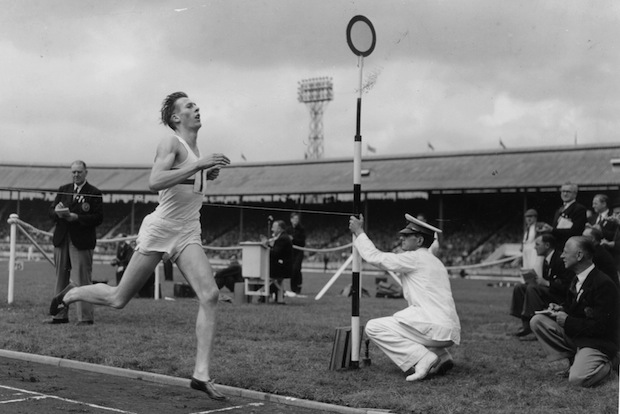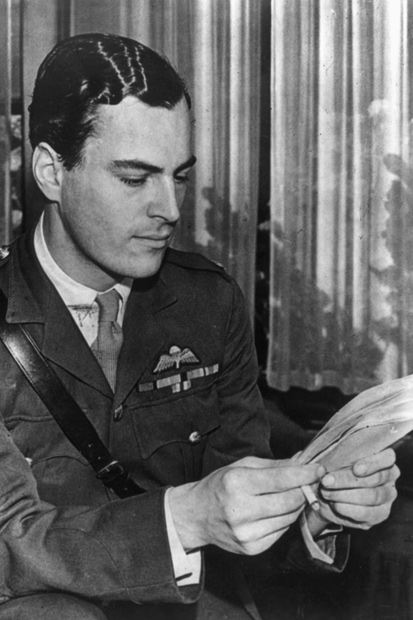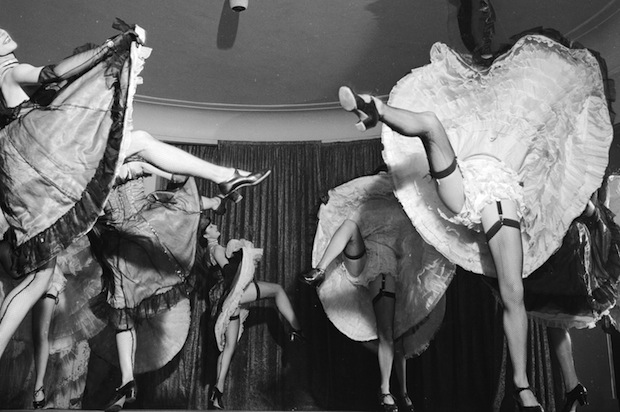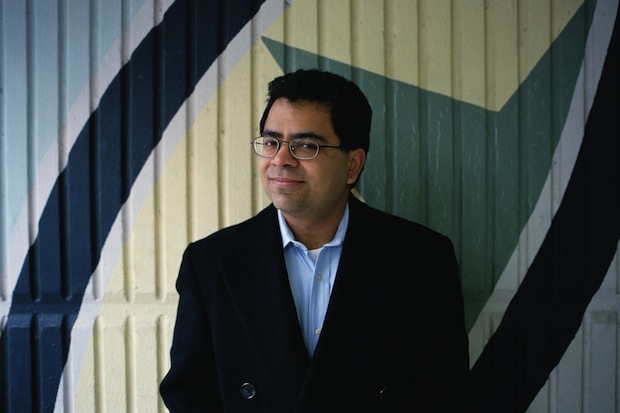The title of this reflective and readable memoir refers to the author’s lifetime interests in sport and medicine — tracks which advanced not in parallel but with intersections. Few will be unaware that Roger Bannister was the first man to run a mile in under four minutes. The image of him breasting the tape scarcely needed reproducing on both the front and back cover of his book; even 60 years on, this moment is firmly imprinted on the country’s psyche.
But how many will also be aware of his contribution to the study of the autonomic nervous system — or even what that system is, unless tempted to turn to Brain and Bannister’s Clinical Neurology, an 800-page encyclopaedia? Yet the impact of mind on matter was a common theme in both his athletic and academic careers.
Although the former lasted barely a decade and the latter more than half a century, almost a third of Twin Tracks is, perhaps inevitably, taken up with running, and the story of overcoming what was at the time thought to be an insuperable physical barrier. This was through the combined efforts of the three musketeers of British middle distance in the 1950s: the two Chrises — Chataway and Brasher — and Bannister himself, all collaborators in this exceptional time-trial and friends for life.
Before Bannister’s annus mirabilis of 1954, which also included gold medals at both the Commonwealth and European championships, armchair commentators had blamed his training methods for his inability to fulfil his destiny as favourite for the 1,500 metres at the Olympic Games in Helsinki. (He was in fact the victim of an unprecedented timetable which required three races on three successive days — too much for a graduate still in the middle of his medical studies.)
Aficionados of the counterfactual can note that had Bannister been an Olympic champion he would then and there have retired from the track as a member of a select club — but not, as he always will be, a member of a club of one. For his life, if not actually defined by the 3 minutes 59.4 seconds spent traversing the four laps of the track at Iffley Road, was undoubtedly enlarged by it. This feat opened up other opportunities beyond his distinguished career as a neurologist: as the first independent chairman of the Sports Council; as president of the International Council of Sport and Physical Education; as a trustee of Leeds Castle; and finally as master of Pembroke college, Oxford. His qualifications for all these varied posts, whose functions are clearly and methodically described, were enhanced by the global recognition of his achievement — as photographs of the author in the company of princes, presidents and prime ministers attest.
There are some insignificant factual errors in this book — several about athletics, which remind one that this was in truth only a small part of Sir Roger’s activities. He emerges from its pages as the sanest of men in the healthiest of bodies (until a serious midlife road accident), anchored in his happy marriage (to an artist).
Bannister is a cautious optimist, especially about medicine’s contribution to society, and dedicated to the worthy causes of drug-free sport and a fitter community. In short, he is a hero for our times and — before the term was irredeemably vulgarised — a national treasure.
Got something to add? Join the discussion and comment below.
Get 10 issues for just $10
Subscribe to The Spectator Australia today for the next 10 magazine issues, plus full online access, for just $10.
Available from the Spectator Bookshop, £16. Tel: 08430 600033
You might disagree with half of it, but you’ll enjoy reading all of it. Try your first month for free, then just $2 a week for the remainder of your first year.














Comments
Don't miss out
Join the conversation with other Spectator Australia readers. Subscribe to leave a comment.
SUBSCRIBEAlready a subscriber? Log in